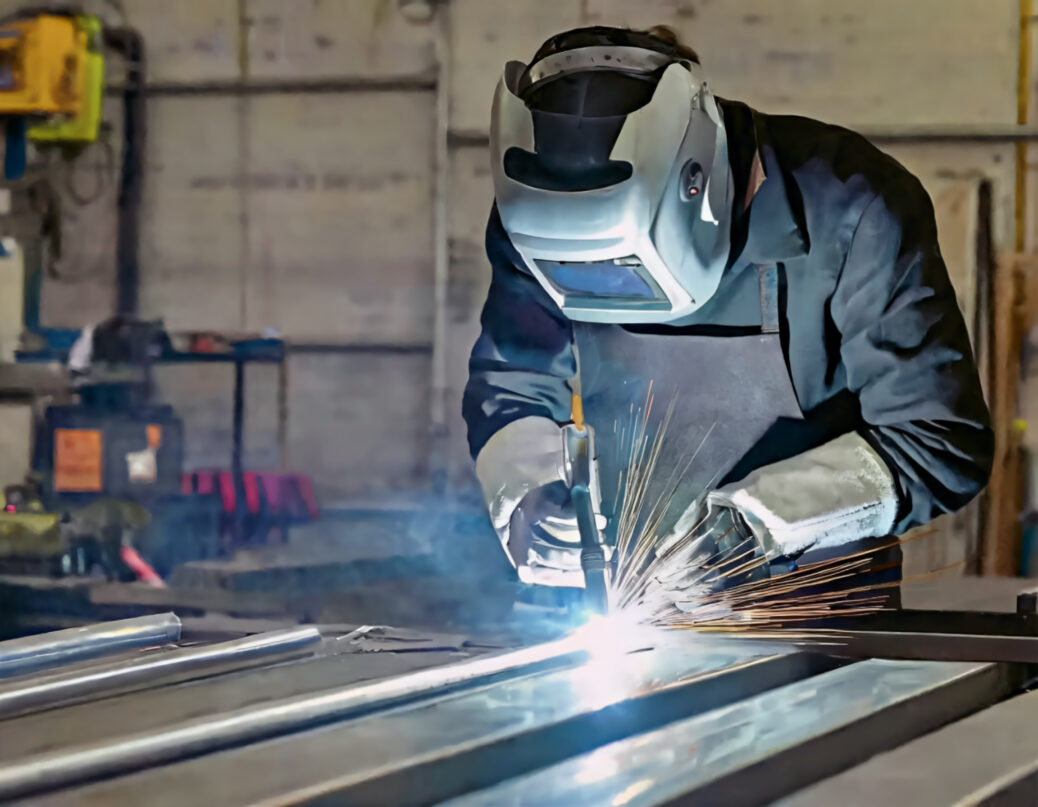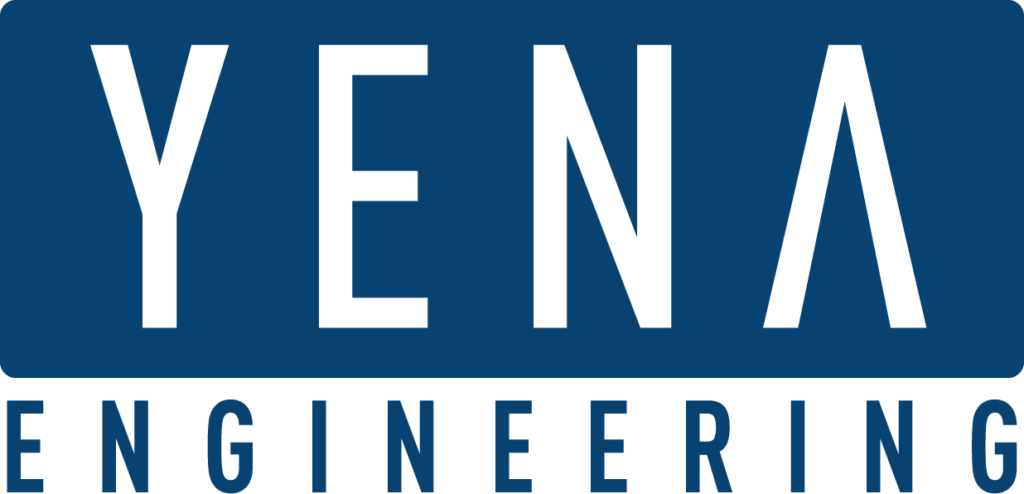Aluminum’s reputation as a lightweight yet strong material makes it indispensable in industries ranging from aerospace to consumer goods. Its advantageous properties are matched by the intricacy of its welding process, which is considerably more nuanced than that of many other metals. Understanding the nuances of aluminium welding can significantly impact the durability and integrity of the final weld, influencing everything from structural stability to aesthetic finish.
Is Aluminium Difficult to Weld?
Aluminium welding poses several challenges, primarily due to its high thermal conductivity, which leads to rapid heat dissipation during aluminium welding. This characteristic requires welders to use higher heat input to maintain an adequate welding temperature. Additionally, aluminium forms an oxide layer that has a higher melting point than the underlying metal. This oxide layer must be carefully managed while welding aluminium to ensure strong weld quality and to prevent defects such as porosity or lack of fusion. Despite these complexities, with the correct welding techniques and thorough surface preparation, aluminium can be welded successfully.
Tips for Overcoming These Challenges:
To ensure the best results in aluminium welding, mastering the preliminary steps is essential. Here’s how to start off on the right foot.
Cleaning and Preparation:
A pristine surface is essential for a high-quality weld. Before welding aluminium, it’s imperative to remove the aluminium oxide layer, which has a higher melting point than the base metal, as it can lead to contamination and weaken the weld. Mechanical removal via brushing with stainless steel brushes or chemical means using specific aluminium cleaners can be effective. After cleaning, avoid touching the surface to prevent oils from your skin from contaminating the metal while aluminium welding.
Filler Material Selection:
The choice of filler material is crucial. One must match the filler alloy closely with the base aluminium alloy to ensure compatibility and mitigate potential issues like hot cracking. For instance, 4043 filler wire is a common choice due to its silicon content, which offers better fluidity and less sensitivity to weld cracking. Alternatively, 5356 filler is stronger and more resistant to corrosion but can be more susceptible to feedability issues due to its stiffer nature.
Heat Management:
Aluminium’s thermal conductivity demands a strategic approach to heat input. Techniques such as pulse welding allow for better control, minimizing the risk of burn-through on thinner materials and reducing distortion during aluminium welding. Implementing a pulsing sequence helps maintain a consistent weld pool temperature, thereby improving the quality of the weld and decreasing the chance of defects.
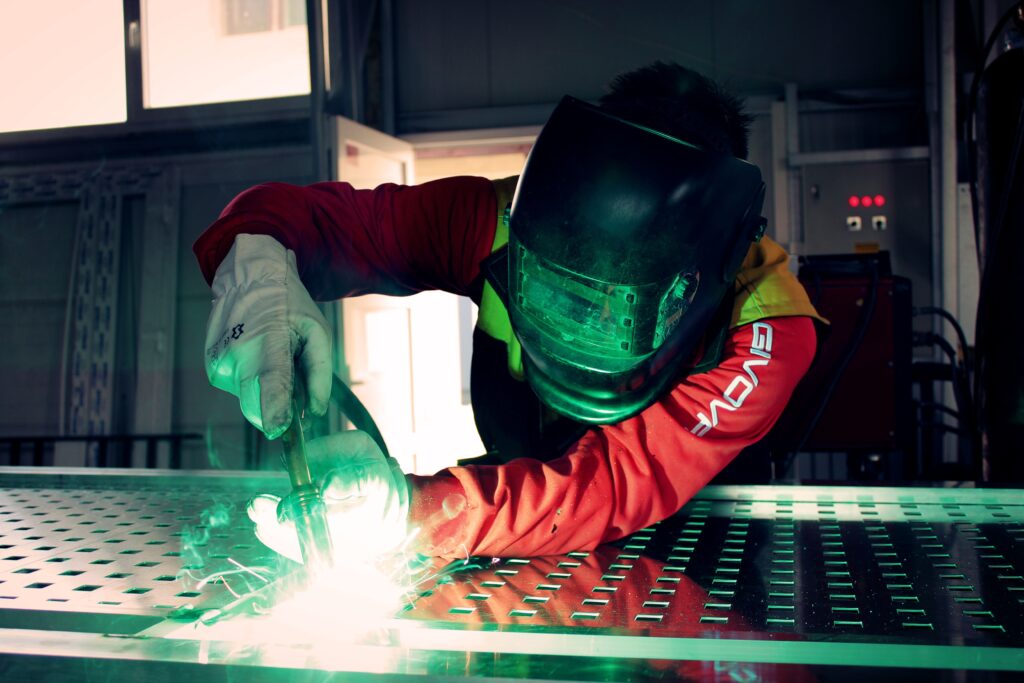
What are the 6 Common Challenges While Aluminium Welding?
- Thermal Conductivity: Aluminium dissipates heat rapidly, leading to uneven heating.
- Oxidation: The tough oxide layer on aluminium requires higher temperatures to break down than the base metal does to melt.
- Hydrogen Porosity: Aluminium’s affinity for hydrogen can lead to porosity in the welds if not properly outgassed.
- Thermal Cracking: Due to its thermal expansion coefficient, aluminium is prone to cracking if not heated and cooled correctly.
- Wire Feeding Difficulties: Soft aluminium wire can easily tangle or deform, complicating the feeding process.
- Sensitivity to Impurities: Even small amounts of impurities can negatively affect an aluminium weld’s integrity.
Tips for Overcoming These Challenges:
Before tackling the technical details, let’s focus on setting the stage for effective problem-solving in aluminium welding.
Equipment Adjustments:
U-groove rollers are specifically designed for aluminium wire to enhance the feeding process, prevent shaving of the wire, and reduce the risk of bird-nesting. Tension settings should be optimized – too high can deform the wire, and too low can cause inconsistency in the wire feed.
Preheating:
Preheating aluminium to the appropriate temperature can reduce the risk of thermal shock to the material, decreasing the propensity for cracking and other defects while welding aluminium. However, it’s essential not to exceed 230°F to prevent altering the aluminium’s microstructure.
Ideal Environment:
Maintaining a moisture-free environment is imperative to avoid introducing hydrogen into the weld. Hydrogen can lead to porosity, a common issue during aluminium welding. This can be managed by storing filler materials in a dry environment and preheating them to release trapped moisture.
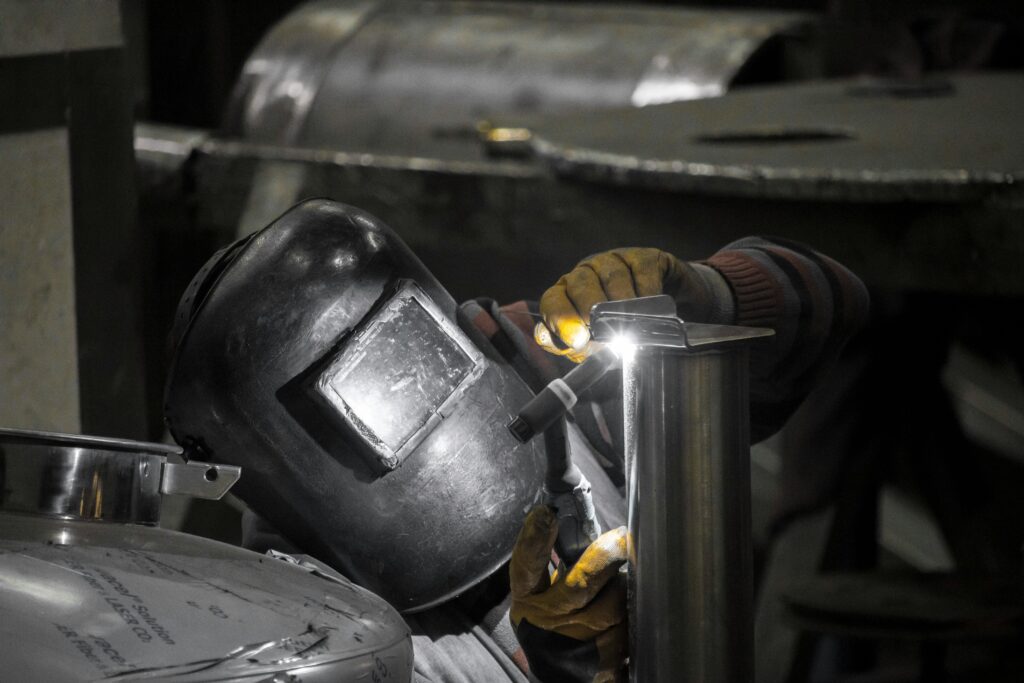
What Type of Welder is Used for Aluminium Welding?
The go-to methods for aluminium welding are TIG (Tungsten Inert Gas) and MIG (Metal Inert Gas) welding. Each has its applications and benefits, with TIG being traditionally favored for its precision and neatness, and MIG appreciated for its speed and ease of use in larger projects.
Is MIG or TIG Betterfor Aluminium Welding?
The debate between MIG and TIG welding for aluminium welding is not about which is superior, but rather about which is most suitable for the task at hand. MIG welding, with its continuous wire feed, is efficient for long stretches of welds and is generally easier to master. TIG welding, on the other hand, offers greater control and precision, particularly important in applications where weld appearance is critical.
Detailed Comparison of MIG and TIG Aluminium Welding:
- MIG Welding: MIG welding is typically the go-to for projects that value speed and efficiency. Ideal for thicker aluminium, it employs 100% argon or argon-helium gas for deep penetration and minimizes downtime with a continuous wire feed mechanism. Spool guns combat the common feeding issues of aluminium wire. However, the rapidity of MIG might slightly compromise the weld’s precision when compared to TIG.
- TIG Welding: TIG welding excels in scenarios demanding meticulous attention to detail, particularly with thinner aluminium. AC TIG welding offers a dual benefit—deep weld penetration while cleaning the oxide layer on aluminium’s surface, ensuring a superior finish. It does, however, require more operator skill and operates at a slower pace, making it less suited for time-sensitive production runs.
Factors Influencing the Choice Between MIG and TIG Aluminium Welding:
- Application Requirements: MIG is ideal for heavy-duty, less visible joints or large-scale projects. TIG is best when the weld finish is critical, such as in custom fabrications or where weld integrity is paramount.
- Material Thickness: MIG efficiently handles thicker materials without the risk of warping, while TIG is preferable for welding materials under .25 inches to avoid burn-through and distortion.
- Speed and Productivity: MIG welding is faster, making it suitable for projects requiring quick turnaround. TIG is slower, demanding a more methodical approach that benefits projects where detail is more important than deadline.
- Operator Skill Level: MIG’s simpler setup and operation make it more accessible for beginners, while TIG welding requires advanced skills to produce the highest quality welds, demanding a steady hand and significant practice.
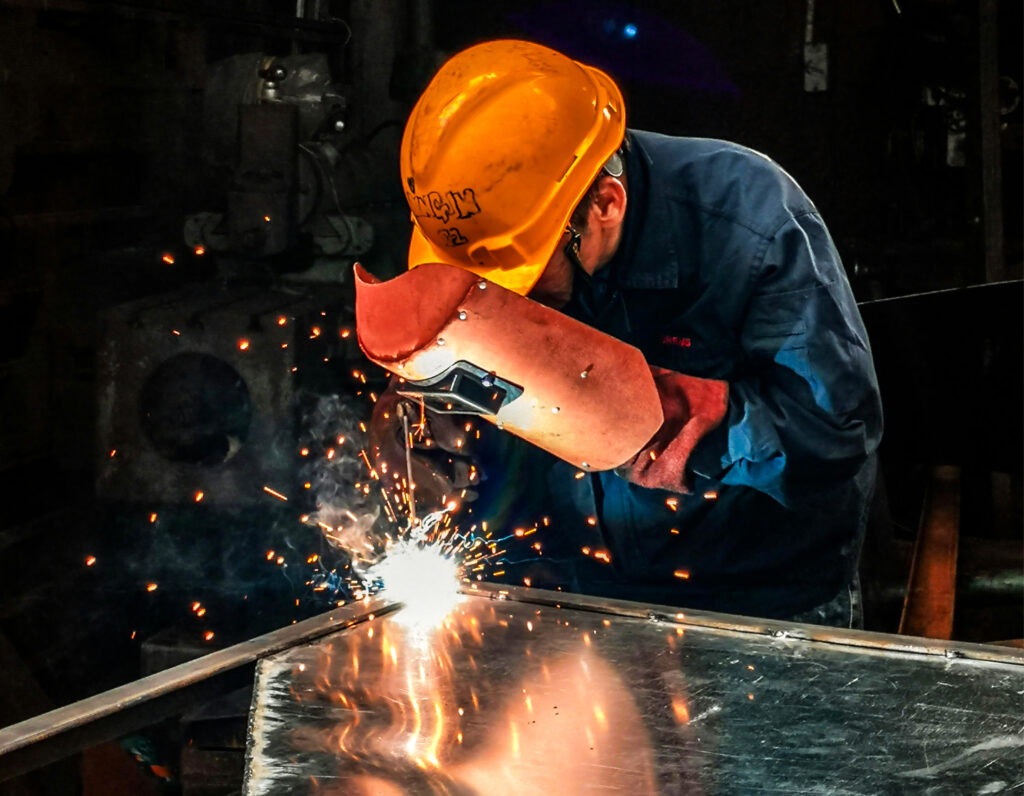
Conclusion
In the realm of aluminium welding, the ‘best’ method is contingent upon the specific requirements of the job. For projects demanding meticulous detail, TIG welding reigns supreme. Conversely, for applications where speed and efficiency are paramount, MIG welding is the preferred choice. Both methods have a place in aluminium welding, and a skilled welder will benefit from mastering both to apply them as the project dictates.
Through understanding the challenges and nuances of aluminium welding, fabricators can achieve strong, durable, and aesthetically pleasing welds, ensuring the longevity and integrity of their work. For expert assistance in aluminium welding and welded aluminium products to ensure your project’s success, reach out to YENA Engineering. Our team is ready to provide you with the specialized support needed for your welded aluminium fabrication needs, regardless of your sector.
References
- https://yeswelder.com/blogs/yeswelder/mig-vs-tig-aluminum-welder
- https://www.fabricatingandmetalworking.com/2021/07/overcoming-common-challenges-when-welding-aluminum/
- https://workshopwelding.com/why-is-aluminum-so-difficult-to-weld/
- https://www.twi-global.com/technical-knowledge/faqs/aluminium-welding
- https://www.tfgusa.com/how-to-weld-aluminum-the-ultimate-guide-for-beginners/
- https://kanyanaengineering.com.au/aluminium-welding-guide/
- https://weldguru.com/aluminum-welding/
- https://www.thyssenkrupp-materials.co.uk/technical-knowledge-hub/types-of-welding-used-for-aluminium
- https://fractory.com/aluminium-welding-explained/
- https://waykenrm.com/blogs/aluminum-welding/
CHECK OUR OTHER RELATED ARTICLES
Aluminium Welding: Crucial Techniques and Tips to Become an Expert
Quick Information About Stainless Steel, Stainless Steel Welding and It’s Defects
Can You Mig Weld Stainless Steel? How to Weld Stainless Steel?
What is Undercut? How To Avoid Undercut Defect in Welding?
Penetration in Welding

